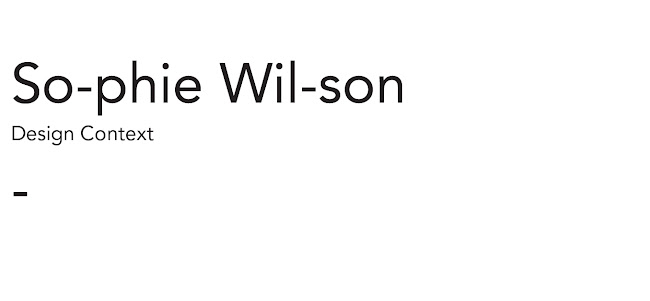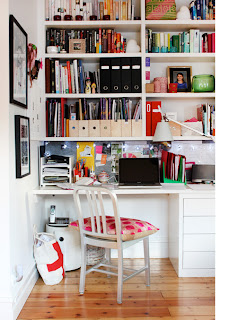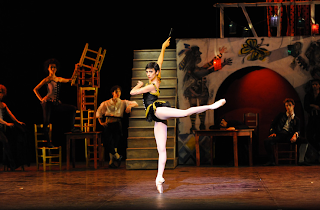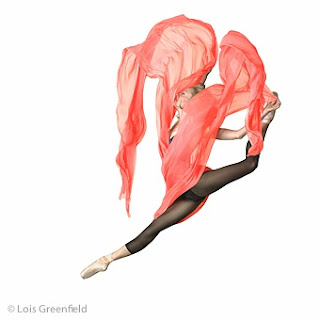Written and visual research material as I begin to develop my research and insight into coral reefs for my proposal for my Final Major Project, looking at the promotion and persuasion into protecting and rebuilding coral reefs around the world. Also research material source linked below.
//
GREAT BARRIER REEF
1. Nature's Miracle
- Monty Halls in Australia (Marine Biologist and Diver).
- East coast Australia, 200km off shore.
- 2000km, the largest living structure on the planet.
- Built up of 3,000 different reefs- each with a unique "personality".
- More life contained than almost anywhere on earth.
- Ever-changing, natural miracle.
- Can be seen from space.
- Polyp ("upside down jellyfish") live together in colonies and respond to touch, temperature, sun and moon.
- Polyps built the reef but can't do it alone- in each of it's tentacles are microscopic plants which help to photosynthesise turning materials in the water into limestone, helping each colony to grow.
- Coral reefs cover less than 1% of the Earth, but contain over 25% off all animal life.
- 10,000 years old, stories of "the flood" are still passed down in Aboriginal cultures.
- Shallow, warm waters are perfect conditions for thriving corals.
- Captain Cook, in 1770, was the first Britain to witness the Great Barrier Reef.
- Bumphead Parrotfish can eat up to as much as 5 tonne of coral per year- excreting it as sand helps to ensure that the cycle of the reef is maintained.
- Reef crust- the impact of the waves upon the coral is an unstoppable force.
- Tropical storms and cyclones regularly come in from the Pacific Ocean. Whipping the rocks around creates smal islands called CORAL CAYS. Some stay for a matter of days, others build, grow, and can last for years. Plants grow and protect them from the elements.
- Coral cays can support life in abundance. Rain Island is one of the best examples, home to thousands of birds and with a great deal of varieties (approx. 84).
- Largest green turtle breeding land in the world, 26,000 turtles born in one night.
- Epaulette Sharks can't survive outside of water (in tidal shifts), but has evolved to walk on the land and shut down part of it's brain in order to supply blood to other areas of the body, and, consequently, has become a master hunter, a breed of longtailed carpet shark.
- Under UV light, the coral glows an extraordinarily bright, vibrant colours, no-one really knows why this happens, but theories suggest it has something to do with the natural "sun screen" of the coral.
- Octopus come out at night and stalk their prey.
- Feather-mouth sea cucumber and the basket star are relations of the starfish.
- At night, many fish sleep, barely moving, apart from to have water moving through their gills. Without eyelids, they enter a trance like state, but, giving off a scent, they can still be found. Despite being asleep, the fish can often sense their surroundings. Simply hiding is not enough at night. Parrotfish will often make a "sleeping bag" of membrane in order to attempt to mask it's scent, creating a mucus bubble within half an hour.
- Bio-electrical energy can often be sensed by the slightest muscle- twitch of fish by white tip sharks.
- The dorsal fin of the white tip shark can be flattened in order for them to squeeze through coral and rocks.
- Corals and passive and plant-like by day, but are active hunters by night- stinging tentacles to immobilise small fish.
- Once a coral senses another is too close, it sends stinging cells across to it, and vice versa.
- In the summer, warmer waters mean more food.
- Triggered by the moon, a couple of days a year, trillions of egg and sperms litter the reef from coral spawning- catching a lull in the tide, which causes the sperm and egg to meet, creating baby coral spread far and wife, propelling themselves with microscopic hairs.
- Influenced by weather, wind, waves, geology and the rhythms of the sun and the moon, the reef is in constant flux.
- 7% of the eco system is coral.
Written information and source material for the Final Major Project Bibliography, all sources linked/cited in Harvard Referencing format, as shown below.
//
GREAT BARRIER REEF IMAGES/TEXT
BBC iPlayer- Great Barrier Reef. Nature's Miracle. 2012 [ONLINE] Available at: http://www.bbc.co.uk/iPlayer/episode/6019851h/Great_Barrier_Reef_Natures_Miracle/.
[Accessed 30 September 2012]
Image Source
As part of our weekend task, as assigned by Fred in Friday's studio session, we have to create a piece of design that reflects ourselves and our design practice.
After throwing a few ideas around, I thought that it would be fun to emulate some of the studio photographs that I've seen, and loved online, which would not only represent my love of photography and type, but also show my meticulous nature and organisation.
Over the next couple of days I'll be gathering all of my props together along with borrowing some photography lighting equipment. Really looking forward to, hopefully, producing some professional-standard outcomes that should, again, hopefully go down really well.
For examples of the designs I hope to achieve, see source linked images above and below.
Image Source
Image Source
Image Source
Image Source
Image Source
Image Source
Image Source
Image Source
Image Source
Over the past couple of days, and from last week, I have been starting to collect a selection of sample stock from various printers around the UK, in order to hopefully build up potential resources and future contacts for various design projects that I work on both personally and professionally throughout the year.
Through the post, I've had a selection of prints from Saxo Print, Motion and Newstyle, all of quite a good, consistent quality and affordable prices, so something I will definitely consider and keep in store for when I approach the final stages of my Design Practice III and FMP briefs for this year. Also, I was fortunate enough yesterday to have been introduced to 'Footprint' printers, by a fellow degree student, who locally source sustainable, recycled papers, which is something, as alluded to in my presentation (and will in my dissertation) for Level 06, on my PPD blog, is something I really want to strive to this year, to become a far more ethical and responsibly sourcing- print designer, and would really love to learn more about soy/vegetable ink printing, along with sourcing recycled papers throughout this year, all of which I will document on both my Design Context and Design Practice blogs.
saxoprint.co.uk
motionprinting.co.uk
Yesterday, I picked up the latest copy of the Leeds College of Art 2012/13 prospectus, as designed by 2012 BA (Hons) Graphic Design graduates, Aaron Skipper and Arthur Carey, which proved to be a good source of inspiration for the conceptual and design development of the BA (Hons) Printed Textiles & Surface Pattern degree book which myself, Claudia, Kirsty and Kirsty will be pitching for this year.
I'm a real fan of the subtle spot varnish finish on the bold, geometric type on the cover, and the great utilisation of photography throughout, which really helps to add a more personal touch, something that we are particularly looking to do through interviews with both the students and tutors throughout the degree book. Seeing this design be realised in a contemporary and truly professional- standard print has really inspired me to move forward and hopefully, soon, start making real progress with the development of the conceptual editorial and layout designs.
As an important aspect of the design outcomes I hope to produce within the University of Leeds ballet society brief, is a print and digital portfolio/prospectus, demonstrating the classes of the society, the ability groups, as well as well as the performances that are put on throughout for year. For me, a key part of this is documenting the classes through photography, which ballet is often perfect for- capturing the swift movements and elegance of the art form.
Initially, I considered working with a monochrome colour palette, keeping the brand identity minimal with black and white portraiture to capture the emotion and performers in a classic and traditional way. However, since researching more examples of ballet and dance performance photography (as shown below) there are also some stunning colour examples- particularly in balancing white space with a flash of bold colour, taken in a studio environment with bright lighting.
I'm also a huge fan of the selection of images shown at the bottom of the post, of ballerinas in urban environments. From what could have potentially been a little cliche series, the soft focus and elegance shown in the images makes for a unique and striking collection of images.
Of course, the conceptual and design development will help to distinguish which design route I follow, as well as researching further into the society and having meeting with the President of the society, and it's main organisers.
For future design and conceptual development, see my Design Practice blog.
balletphotography.co.uk/index.html
//
loisgreenfield.com/index.html
//
pbase.com/rcalmes
//
thedancephotographyproject.com
//
mymodernmet.com/profiles/blogs/the-beautiful-ballerina



























































